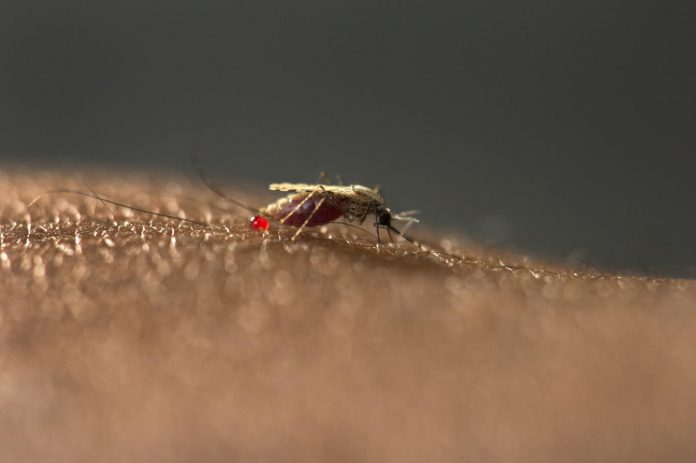According to research, a new malaria mosquito is now ‘abundantly present’ in cities across East Africa; raising concerns of a possible rise in cases.
Although the cases of malaria have significantly decreased worldwide, the disease still remains widespread in the African region. In 2019, 94% of the global malaria cases occurred in Africa. Therefore, the utmost priority remains controlling malaria’s spread in the region. However, scientists have now found a new malaria mosquito in cities in Ethiopia. Thus, posing a problem for urban areas across East Africa. According to the study published in the journal Emerging Infectious Diseases, the new mosquito species is called Anopheles stephensi.
Malaria is spread by the female Anopheles mosquito. There are about 60 mosquito species that can transmit the disease. In Africa, most cases are caused by the mosquito species, Anopheles gambiae, and Anopheles funestus. Since most of the African mosquito species breed in rural areas, African towns and cities have mostly observed an absence of the disease. However, the introduction of the new malaria mosquito, Anopheles stephensi, increases the risk of a rise in urban malaria.
What’s so Dangerous about Anopheles Stephensi?
Anopheles stephensi is the main vector for urban malaria in India. Although it is not as effective at spreading malaria, its ability to breed in urban areas is a cause of concern. The malaria mosquito first appeared in Africa a few years ago. In 2019, the World Health Organization (WHO) had already warned of the possible consequences of the particular species invading Africa. Therefore, researchers at Radboud university medical center and the Armauer Hansen Research Institute in Ethiopia set out to investigate whether the mosquito species are susceptible to local malaria strains.
That is why we performed mosquito feeding experiments with the blood of Ethiopian malaria patients. This allowed us to determine whether the local malaria parasite can develop in the new mosquito. To our surprise, the Asian mosquito turned out to be even more susceptible to local malaria parasites than our Ethiopian mosquito colony. This mosquito appears to be an extremely efficient spreader of the two main species of malaria.
Teun Bousema, study author and Professor of Epidemiology of Tropical Infectious Diseases at Radboud University Medical Center in the Netherlands
Time for Action is Now
Although malaria is a preventable and treatable disease, it claimed over 400,000 deaths in 2019. Moreover, children under 5 form the most vulnerable group affected by this life-threatening disease; with a child dying every 2 minutes. Therefore, controlling the spread requires the implementation of strict measures.
Furthermore, the results of the study stress the importance of taking swift action against the rapidly growing population of the new mosquito species in the African region.
Only if we act quickly can we prevent the spread to other urban areas on the continent. We must target the mosquito larvae in places where they now occur and prevent mosquitoes from spreading over long distances, for example via airports and seaports. If that fails, the risk of urban malaria will rise in large parts of Africa.
Teun Bousema, study author and Professor of Epidemiology of Tropical Infectious Diseases at Radboud University Medical Center in the Netherlands
Reference:
Tadesse FG, Ashine T, Teka H, et al. Anopheles stephensi Mosquitoes as Vectors of Plasmodium vivax and falciparum, Horn of Africa, 2019. Emerging Infectious Diseases. 2021;27(2):603-607. doi:10.3201/eid2702.200019.




